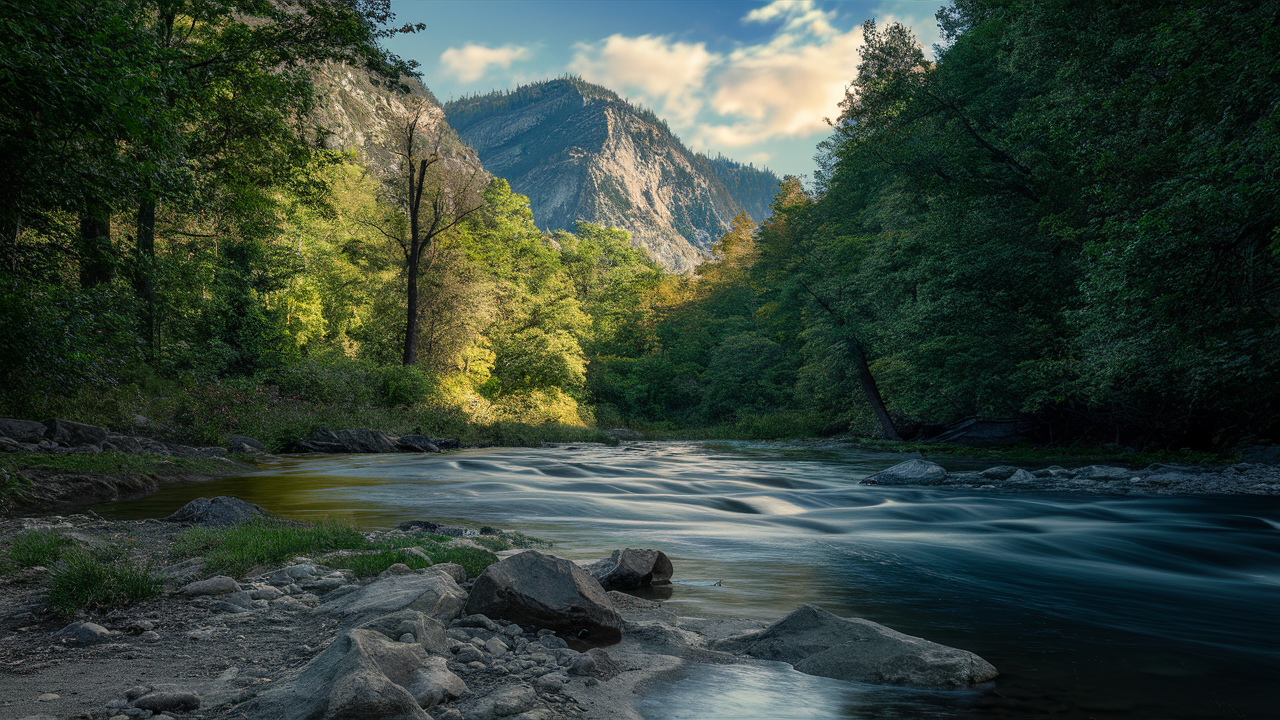







This is precisely how I read it.
I’ll try it out! It’s been a hot minute, and it seems like there are new options all the time.
Yeah, I’ve had decent results running the 7B/8B models, particularly the fine tuned ones for specific use cases. But as ya mentioned, they’re only really good in thier scope for a single prompt or maybe a few follow-ups. I’ve seen little improvement with the 13B/14B models and find them mostly not worth the performance hit.


Remember that Mythbusters (Episode 61 Deadly Straw) that re-created Cleve Backster’s primary perception experiments to show plants can sense malicious intent and totally re-created his results? I had to re-watch it to make sure I was remembering correctly. They totally just alter the experiment until they break it, then sweep it under the rug and call it busted. Totally.


I think this is accurate. But I’d like to restate it.
The Left (as the apparent big tent party full of literal minorities) has been learning to deal with disenfranchisement and the feeling “that their anguish is belittled as a personal failure, and often downright mocked” for its entire existence. Because of a huge variety of factors, the Right is losing some of its influence. They are not handling this well. The Left (being well acquainted with feeling unheard) should have been able to help the Right through this transition. Due to deep seated insecurities on both sides, we are no longer able to help one another as a people. Buckle up.
Thank you. For as much as this post comes up, I hope people are at least getting an education.
When ya upload a file to a Claude project, it just keeps it handy, so it can reference it whenever. I like to walk through a kind of study session chat once I upload something, with Claude making note rundowns in its code window. If it’s a book or paper I’m going to need to go back to a lot, I have Claude write custom instructions for itself using those notes. That way it only has to refer to the source text for specific stuff. It works surprisingly well most of the time.
Better yet, have your LLM of choice read the book first.
Switched to Perplexity a year ago, but I occasionally still go to Google just from muscle memory. Google’s aggressively unhelpful now - it’s kinda insane.
Just looking at the mental space of the three fanboy types… Mac seems the chilliest to hang with.
e: lol, case in point
Plants with more flexible and responsive genetic systems were better able to adapt to changing environments and thus more likely to survive and reproduce, so yeah. However, the basic building blocks of these systems - DNA replication, gene expression, and the fundamental biological processes arose from simpler chemical and physical interactions that were likely governed by principles of self-assembly and thermodynamics. The primary drivers are different at different levels of abstraction and complexity, and there’s dynamic interaction across levels.
Thermodynamics -> Natural Selection -> Responsive (Epi)Genetics -> Memetics -> Metamemetics (probably?)
We “boil things down” to Natural Selection or Thermodynamics as is convenient for communication, but the higher levels affect the lower as well. So we can’t really reduce them like that without losing important information.
In our effort to disillusion people of the idea that evolution has a purpose or conscious hand, we over-simplify things, though. Plants actively (but not consciously) shape their own evolution through complex molecular and genetic mechanisms. They can respond to environmental stresses by altering their DNA methylation patterns, potentially priming future generations for similar conditions. Plants also engage in niche construction, modifying their surroundings in ways that influence their evolutionary trajectory. For instance, they can change soil chemistry through root exudates, creating new selective pressures for themselves and their offspring. Plants participate in intricate co-evolutionary relationships with pollinators, herbivores, and other organisms. These interactions create dynamic fitness landscapes that drive reciprocal evolutionary changes. While not “inventing” traits in a deliberate sense, plants possess sophisticated genetic tools - such as whole genome duplications, transposable elements, and adaptable gene networks - that allow for rapid evolutionary innovations. These mechanisms enable plants to continually adapt and evolve, even without conscious intent or direct feedback.
deleted by creator
Ideogram, make my post an image.
<Ideogram> Sure thing boss!

Claude, re-write my post.
<Claude> Sure thing boss!
Generative AI fascinates me, and I use it frequently for both work and leisure. This photo, however, is the first to make me feel a twinge of sadness, as it reminds me that I now have to question the authenticity of everything I see.
Then I recall that even traditional photographs often undergo extensive post-processing, which somewhat alleviates my concern. To distract myself, I create an AI-generated video of the river flowing, momentarily forgetting my worries.
However, I can’t help but notice that many of these AI generations are of poor quality. Generative AI is simultaneously wonderful and troubling - a double-edged sword of technology.
Despite these mixed feelings, I must admit this is a beautiful photo.
I love generative A.I. I use it all the time, professionally and recreationally. This photo is the first to make me sad that I have to question the veracity of everything now. Then I remember the amount of post-processing a photo like this usually goes through and feel less sad. Then I make an AI video of the river flowing and forget what I was worried about. But all these generations are kinda trash. Such wonderful, terrible things. Beautiful photo, though.


I understand this perspective, because the text, image, audio, and video generators all default to the most generic solution. I challenge you to explore past the surface with the simple goal of examining something you enjoy from new angles. All of the interesting work in generative AI is being done at the edges of the models’ semantic spaces. Avoid getting stuck in workflows. Try new ones regularly and compare their efficacies. I’m constantly finding use cases that I end up putting to practical use - sometimes immediately, sometimes six months later when the need arises.


I just meant I work for a corporation. I produce videos for marketing, been doing it for 25 years.